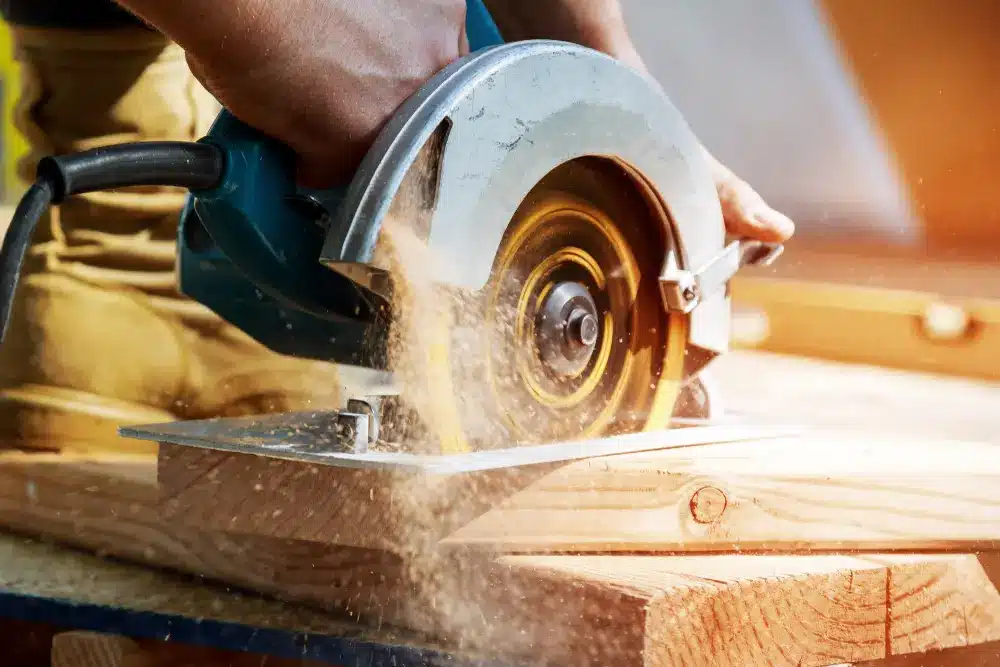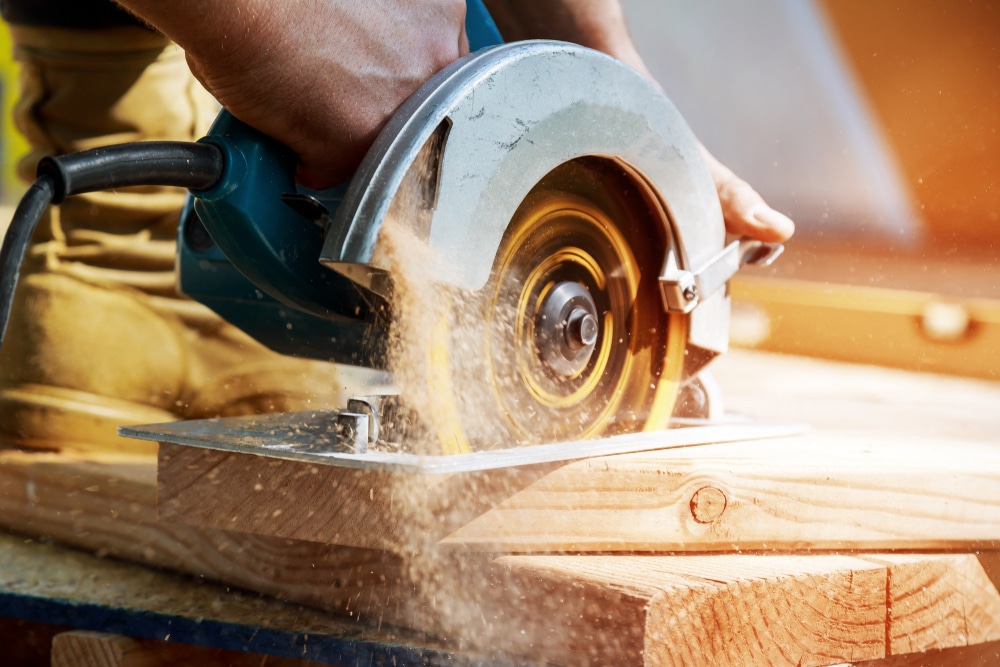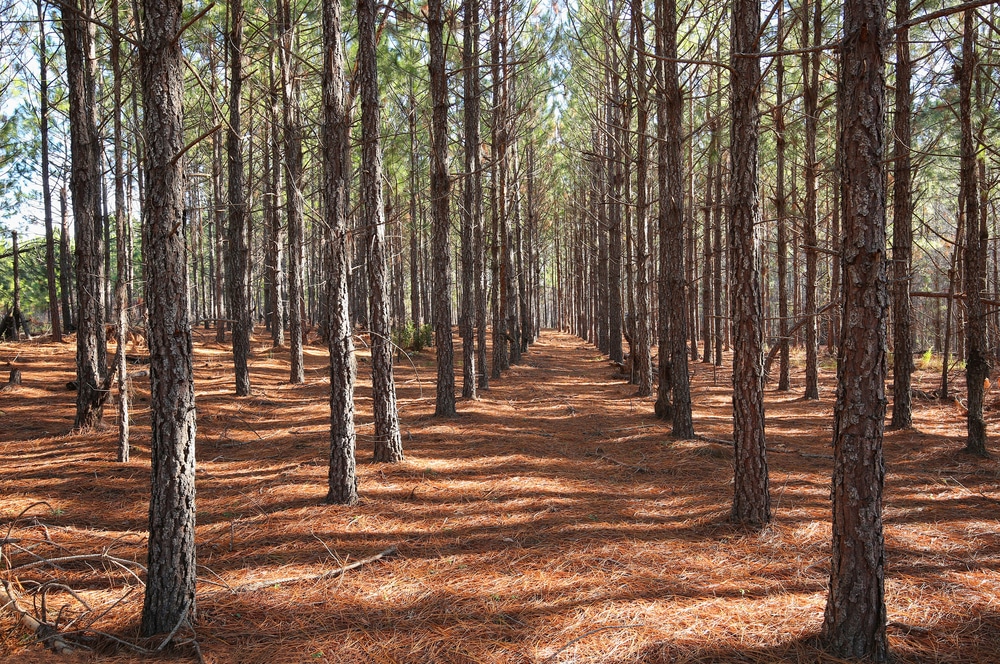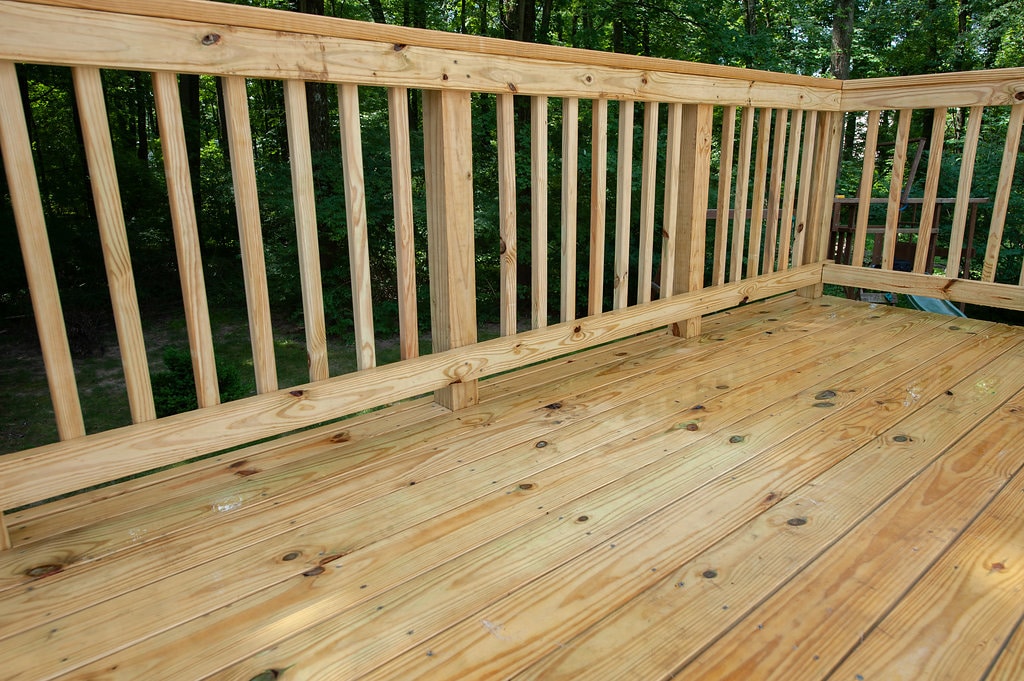
Choosing the Best Material for Your Project – Separating Fact from Fiction
When embarking on a decking, fencing, or other construction project, selecting the right materials is critical. One material that consistently stands out for its versatility and durability is pressure-treated wood. For builders, DIY enthusiasts, and homeowners alike, understanding the benefits and dispelling common myths about pressure-treated wood can make all the difference. So, instead of going down a rabbit hole of misinformation, let’s look at the facts so you can make the most informed decision about building material for your next project.
What is Pressure-Treated Wood?
Pressure-treated wood is lumber that has undergone a treatment process to enhance its resistance to decay, insects, and other damaging elements. This process involves impregnating the wood with protective preservatives, making it ideal for outdoor use. The result is a durable material that can withstand harsh weather conditions and various environmental factors.
The popularity of pressure-treated wood stems from its durability and cost-effectiveness. It is commonly used for decks, fences, and other outdoor structures where exposure to the elements is a concern. By prolonging the service life of the wood—and therefore your projects—you ensure that your investment stands the test of time.
Is Pressure-Treated Wood Safe?
One of the biggest concerns regarding pressure-treated wood is safety. “Is it safe for garden beds and play sets?” Short answer: Absolutely. Modern pressure-treated wood, particularly that used in residential settings, is treated with natural preservatives that have been rigorously tested and approved by the EPA for their safety and effectiveness. It’s important to note that earlier treatments, such as those containing chromated copper arsenate (CCA),were phased out in 2003. Today’s pressure-treated wood is much safer and adheres to the strictest environmental and health standards.
But just like untreated wood, builders still need to take the same precautions. When cutting or sanding pressure-treated lumber, for example, wearing a dust mask and goggles is always advisable to avoid inhaling sawdust and airborne particles. Similarly, washing hands after handling the wood is an important safety measure. These precautions ensure that you can enjoy the benefits of pressure-treated wood safely while taking simple steps to protect your health.
This assurance of safety is why professional builders like April Wilkerson confidently choose pressure-treated wood for their own outdoor gardens, ensuring healthy organic veggies and durable, long-lasting structures.
What is the Best Wood for Pressure Treatment?
Did you know that 85% of all pressure-treated wood produced in the United States is Southern Yellow Pine (SYP)? This preference stems not only from its remarkable cellular structure but also from its aesthetic appeal in finished projects. The cellular composition of SYP uniquely enables it to absorb and retain protective preservatives more effectively than other domestic species, without the unsightly marks commonly seen in other woods where treatment has to be forcibly injected. This means that SYP not only ensures the longevity of your structures through enhanced resistance but also maintains a cleaner, more visually appealing exterior.
Southern Yellow Pine is also renowned for its strength, density, and stability. It can withstand heavy foot traffic, harsh weather conditions, making it an ideal choice for decking. Its structural integrity remains intact for years, providing peace of mind for those who invest in it.
What Are the Benefits of Southern Yellow Pine
Southern Yellow Pine has earned its reputation as a reliable and versatile building material. Its widespread use in pressure-treated wood is a testament to its quality. From decking to fencing and beyond, SYP adapts well to various needs.
In addition to being an exceptionally strong wood, SYP is also easy to work with. It holds nails and other fasteners particularly well, making it a great choice for residential and commercial construction projects. This workability not only simplifies the building process but also ensures that structures remain secure and stable over time.
As well as its functional benefits, Southern Yellow Pine boasts a distinct grain pattern and an appealing golden color that many homeowners and builders appreciate. This natural beauty enhances the visual appeal of any project, making it a favorite among those who value both form and function.
Is Pressure-Treated Wood Good for the Environment?
By choosing Southern Yellow Pine, you support sustainable building practices. Its environmental benefits and longevity contribute to a greener future. Woods such as SYP also capture and retain carbon, positively impacting the environment.
Using wood, particularly pressure treated SYP, instead of manmade materials offers significant environmental benefits. Harvesting trees for lumber is a renewable practice, and SYP’s longevity means less frequent replacements and a smaller carbon footprint..
Additionally, all parts of a tree get used during harvest, from bark used for landscaping to chips making paper. This efficient utilization of resources ensures that nothing goes to waste, maximizing the environmental benefits of choosing wood like Southern Yellow Pine. By fully leveraging every part of the tree, we contribute to a more sustainable and eco-friendly construction industry.
Can You Paint and Stain Pressure-Treated Wood?
You sure can! Painting and staining pressure-treated wood is not only possible but also enhances its appearance and longevity. However, it’s essential to ensure that the wood is adequately prepared before applying any finish. Freshly treated wood contains a significant amount of moisture from the treatment process, which can prevent paint or stain from adhering correctly. Therefore, allowing the wood to dry thoroughly—usually for several weeks to six months—is crucial.
Once the wood is dry, you can begin by cleaning it to remove any surface contaminants. Using a mild detergent and a brush can help eliminate dirt and mold, setting the stage for a smooth finish. After cleaning, lightly sanding the wood will ensure better adhesion for the paint or stain. Primer should be applied first if you are painting, as it helps the paint adhere better and evens out the wood surface, which is especially important for pressure-treated lumber.
When selecting paints or stains, opt for those that are specifically formulated for use on exterior wood. These products are designed to withstand the elements and can offer additional protection against UV rays, moisture, and mildew. Stains, in particular, penetrate the wood deeply and offer a more natural look while still providing robust protection. Whether you choose a transparent finish to show off the wood’s natural grain or a bold paint color for a more dramatic effect, finishing pressure-treated wood correctly will enhance its longevity and aesthetic appeal.
Conclusion
In conclusion, pressure-treated Southern Yellow Pine is an excellent choice for your construction projects. Its durability, cost-effectiveness, and environmental benefits make it a top contender for decking, fencing, and other outdoor structures.
By understanding the basics, benefits, and environmental impact of pressure-treated wood, you can make an informed decision that ensures the longevity and sustainability of your projects. Whether you’re a builder, DIY enthusiast, or homeowner, Southern Yellow Pine offers the quality and reliability you need to bring your vision to life.
- Got an SYP project you’re proud of? Have questions or need advice? Please feel free to contact us directly to share your stories and inquiries. Let’s build something great together.





